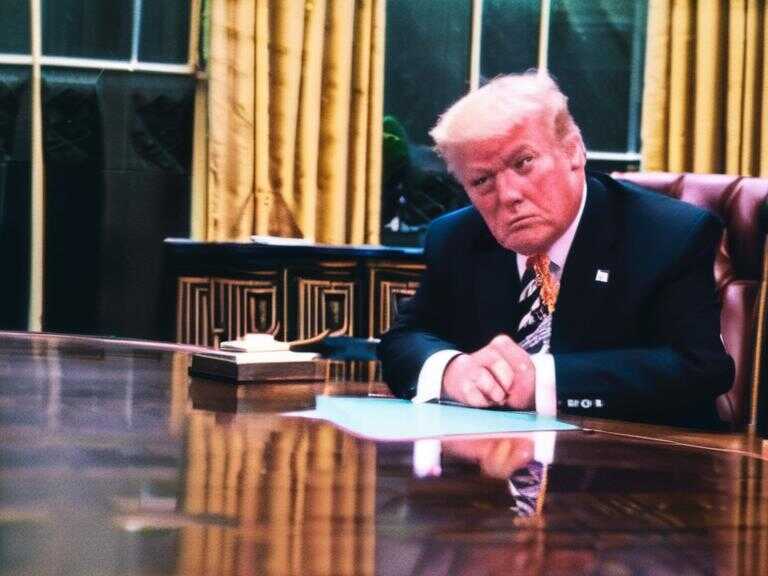
India Aims to Challenge Vietnam as Top Manufacturing Hub Amid U.S.-China Competition
India aims to rival Vietnam in manufacturing and attract foreign investment by improving supply chain efficiency and lowering taxes.

India and Vietnam: The Race for Manufacturing Supremacy
As the global manufacturing landscape undergoes a significant shift, India is determined to emerge as the leading manufacturer in Asia. To achieve this ambitious goal, India recognizes the need to address certain key factors such as tax reduction and supply chain optimization. However, in its quest to surpass Vietnam, India is faced with several challenges that must be strategically navigated.
U.S. "Friendshoring" Agenda
Amid escalating competition with China, the U.S. has embraced a "friendshoring" strategy, encouraging American companies to relocate their electronics and technology manufacturing operations from China to more favorable environments. Specifically, Vietnam and India have been identified as promising destinations in the Asia-Pacific region. Both Democrats and Republicans perceive China as a formidable challenge, prompting a strategic reevaluation of manufacturing dependencies.
Competitive Landscape
While India and Vietnam present attractive opportunities for foreign investors and companies due to their low labor costs, Vietnam has established a significant lead in exports, with a total of $96.99 billion in 2023, surpassing India's $75.65 billion. The competitive advantage enjoyed by Vietnam in electronics manufacturing further accentuates the hurdles that India must overcome.
Challenges for India
India's intricate policy landscape, characterized by diverse regulations across its 29 states, poses a significant complexity that contrasts with Vietnam's more streamlined proposition. Additionally, India's higher import duties for information and communication technologies, currently at 10%, present a barrier compared to Vietnam's average import duties of around 5%. Consequently, India's efforts to attract foreign manufacturing investments entail a strategic reevaluation of its trade policies.
Technology Giants' Expansion
Notwithstanding the challenges, U.S. technology giants are increasingly diversifying their supply chains by expanding operations in India. Apple, for instance, has signaled its intent to source batteries from Indian factories for its upcoming iPhone 16, a move that underscores the growing significance of India's manufacturing landscape. Similarly, Google is poised to commence Pixel phone production in India, signaling a shift in the technology manufacturing dynamics.
Strategic Tariff Reduction
To enhance its appeal for foreign firms, India has initiated a targeted approach to reduce import taxes for specific components used in manufacturing mobile phones. This strategic maneuver aims to align India's trade policies with the evolving manufacturing dynamics and create a conducive environment for foreign investments.
Infrastructure and Modernization Efforts
Recognizing the pivotal role of infrastructure in bolstering its manufacturing capabilities, India has allocated 2.55 trillion rupees ($30.7 billion) to modernize its railway system. This strategic investment underscores India's determination to address infrastructure deficiencies and create a seamless logistical framework that aligns with global standards.
Strategic Advantage
India's strategic advantage, particularly in its warm relationship with Vietnam, presents a compelling proposition in the evolving manufacturing landscape. While China's close ties with Vietnam raise strategic concerns, India's endeavors to enhance its manufacturing capabilities position it as a formidable contender in the race for manufacturing supremacy.
Future Prospects
As India aspires to achieve developed economy status by 2047, its concerted efforts to modernize infrastructure, streamline trade policies, and foster strategic alliances with global players are pivotal in shaping the future of manufacturing in the region. By strategizing to address its challenges and capitalize on its strengths, India is poised to redefine the Asian manufacturing landscape.
Share news















